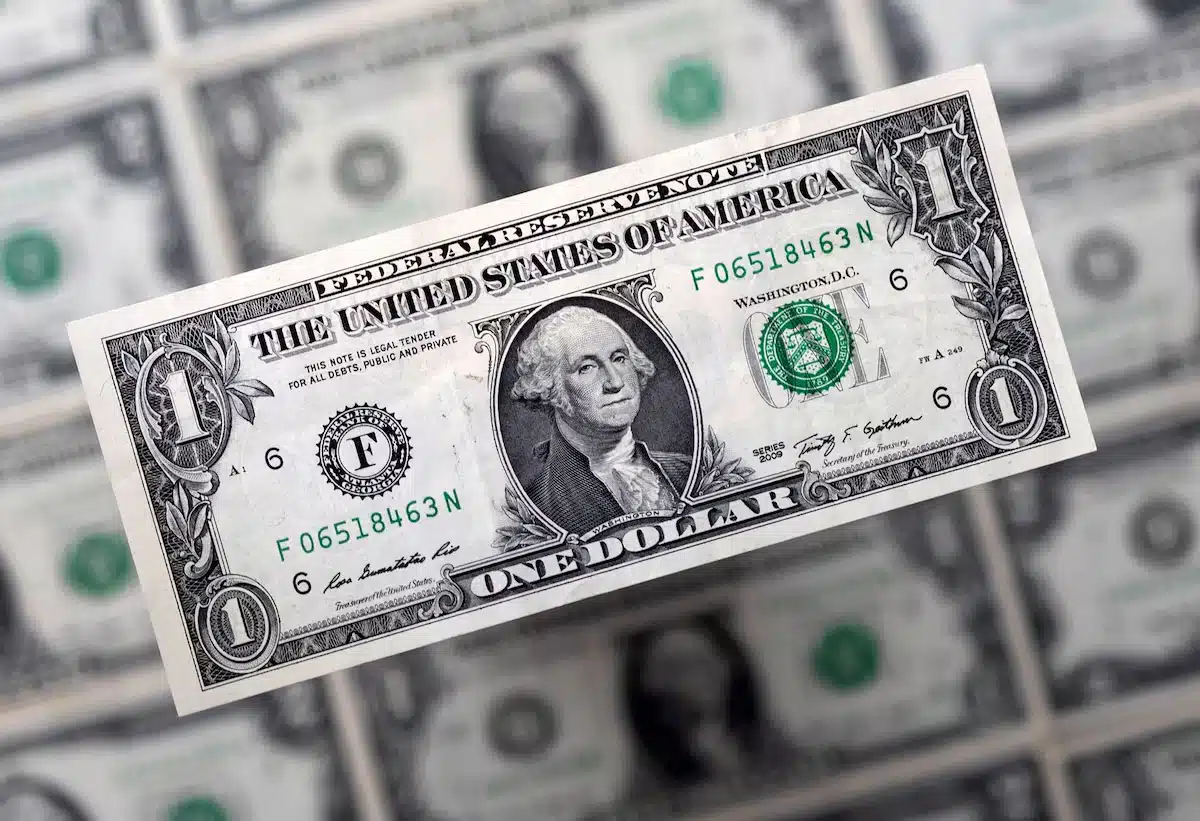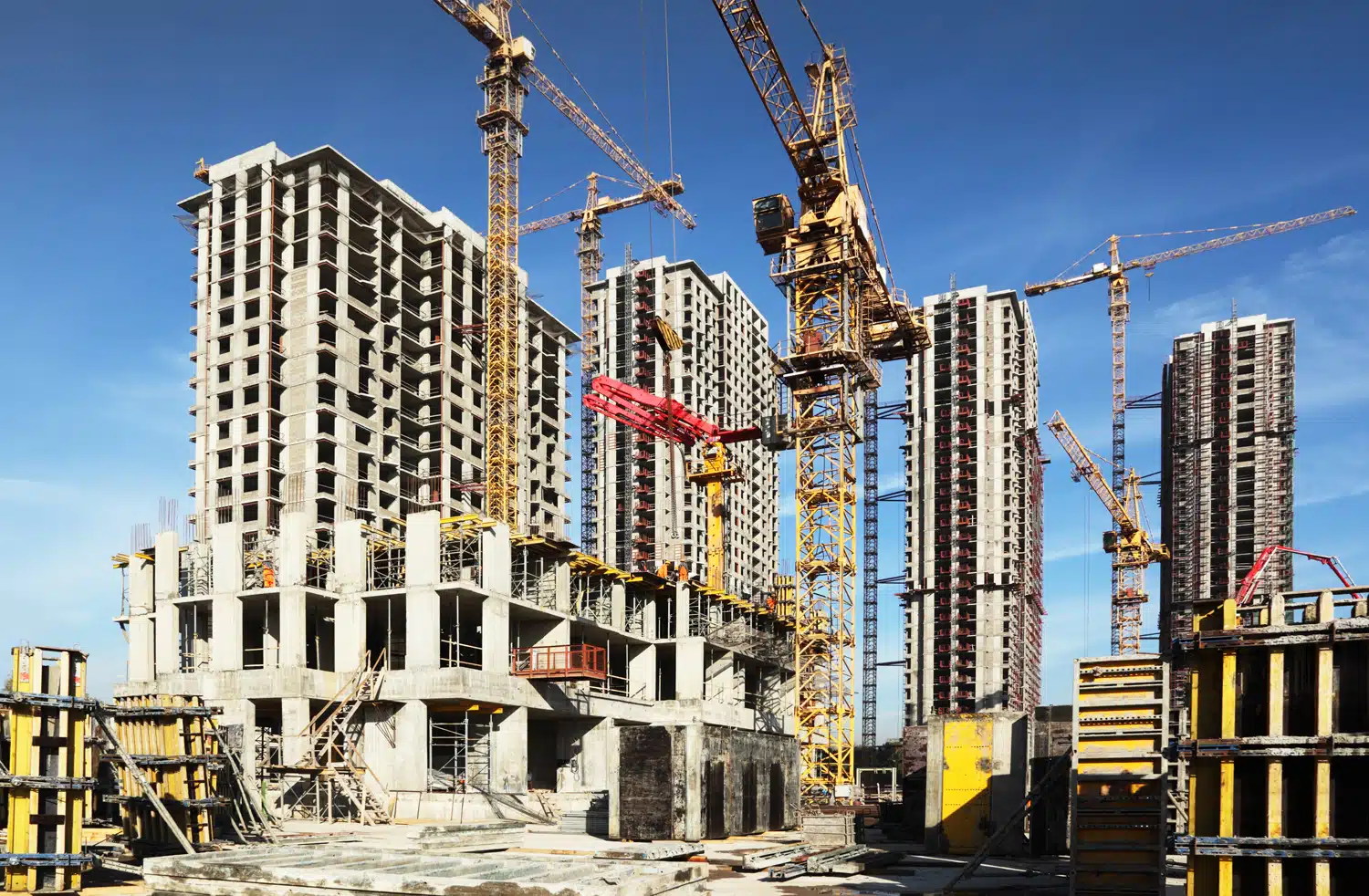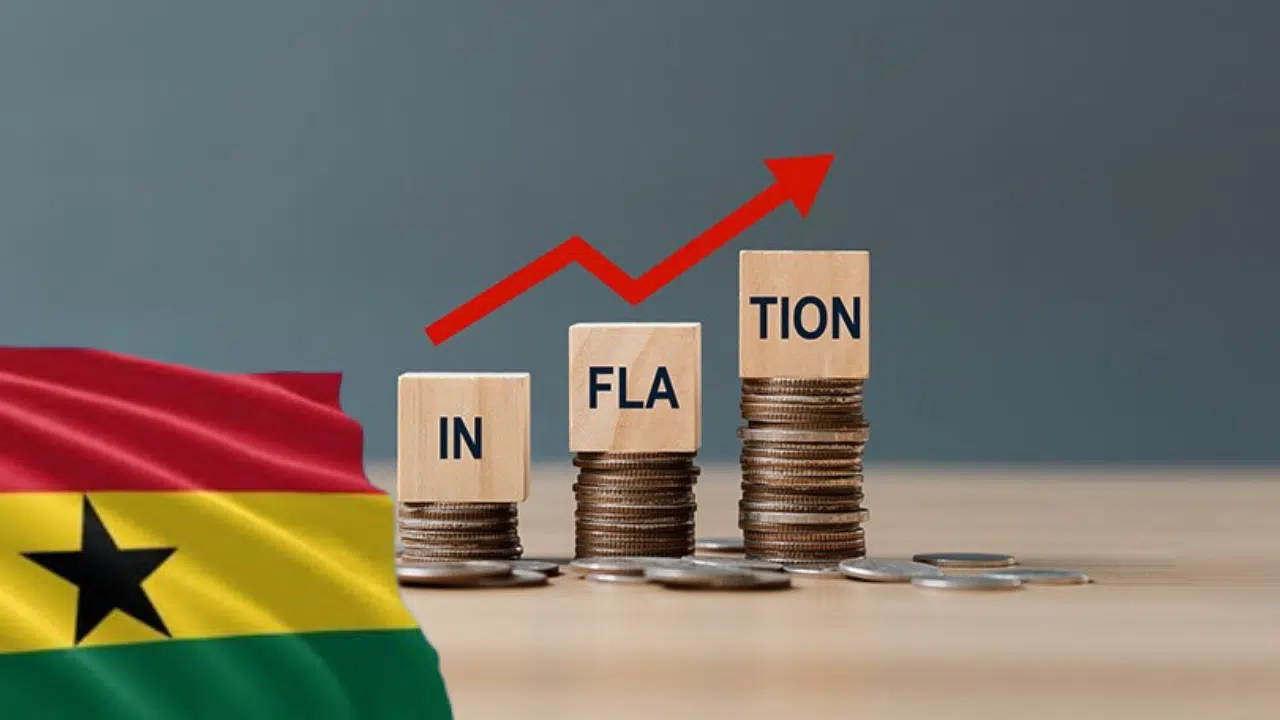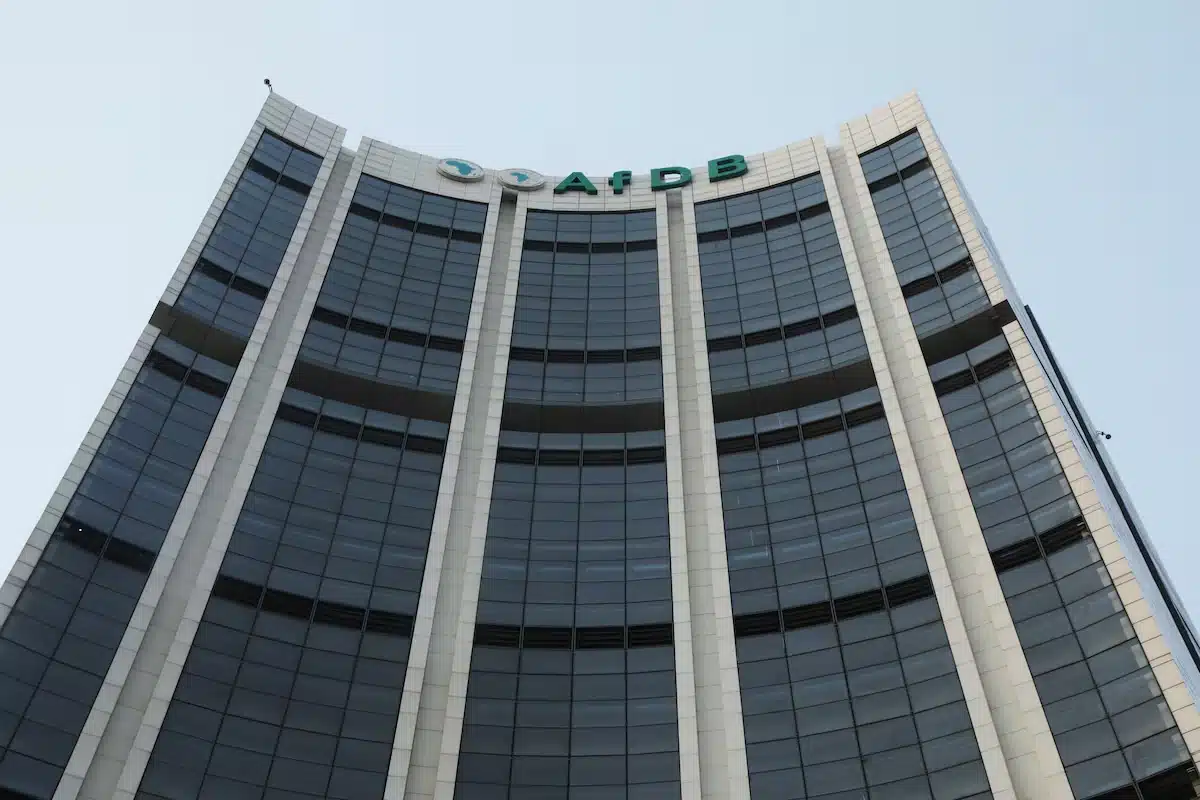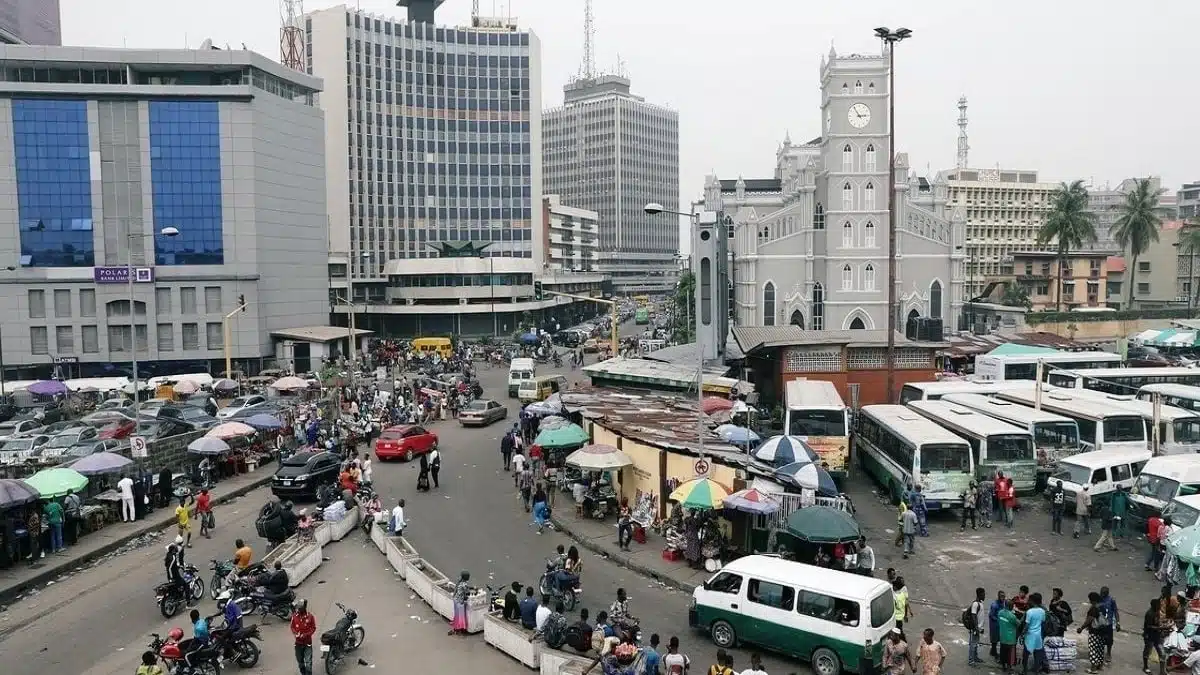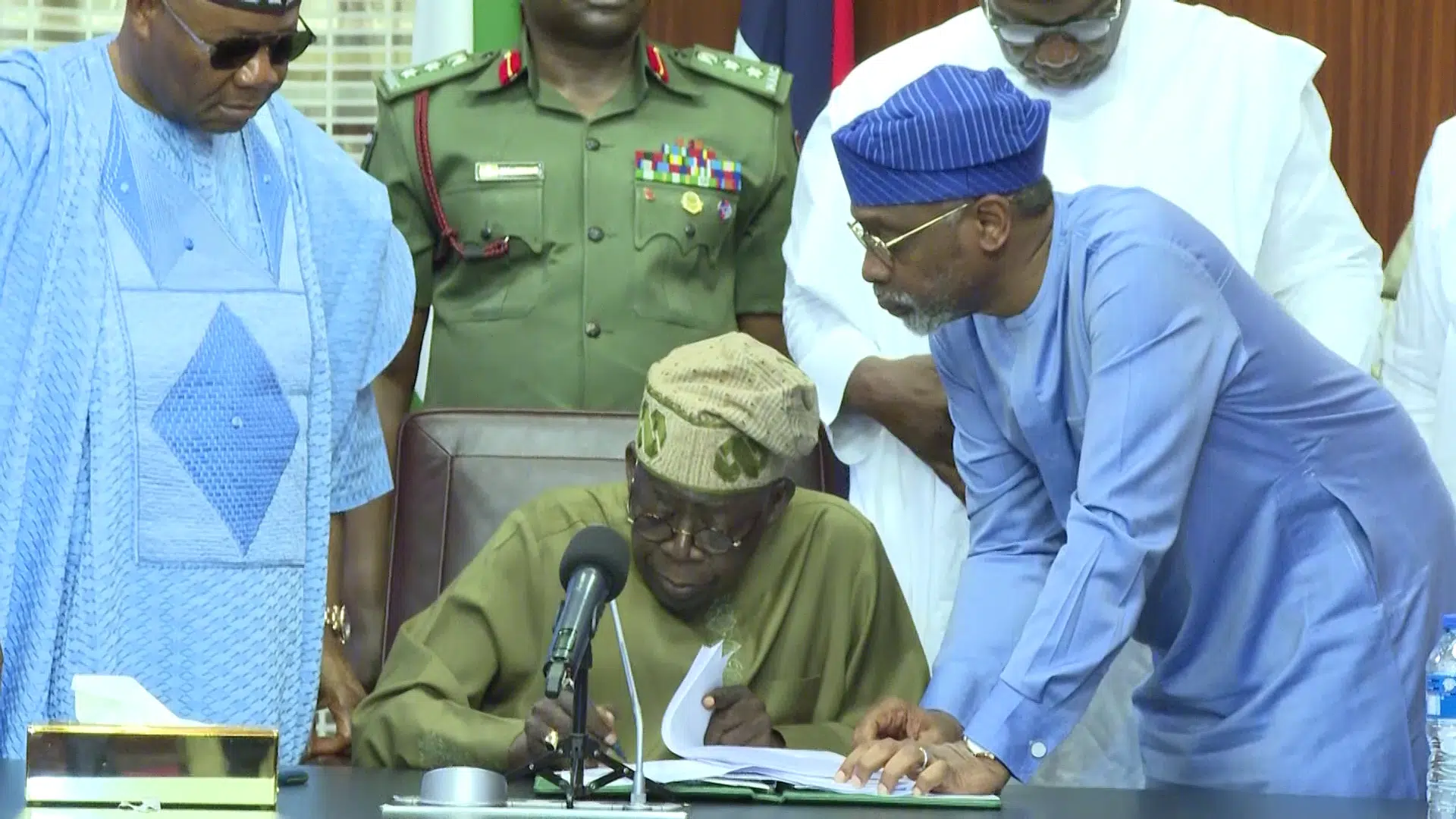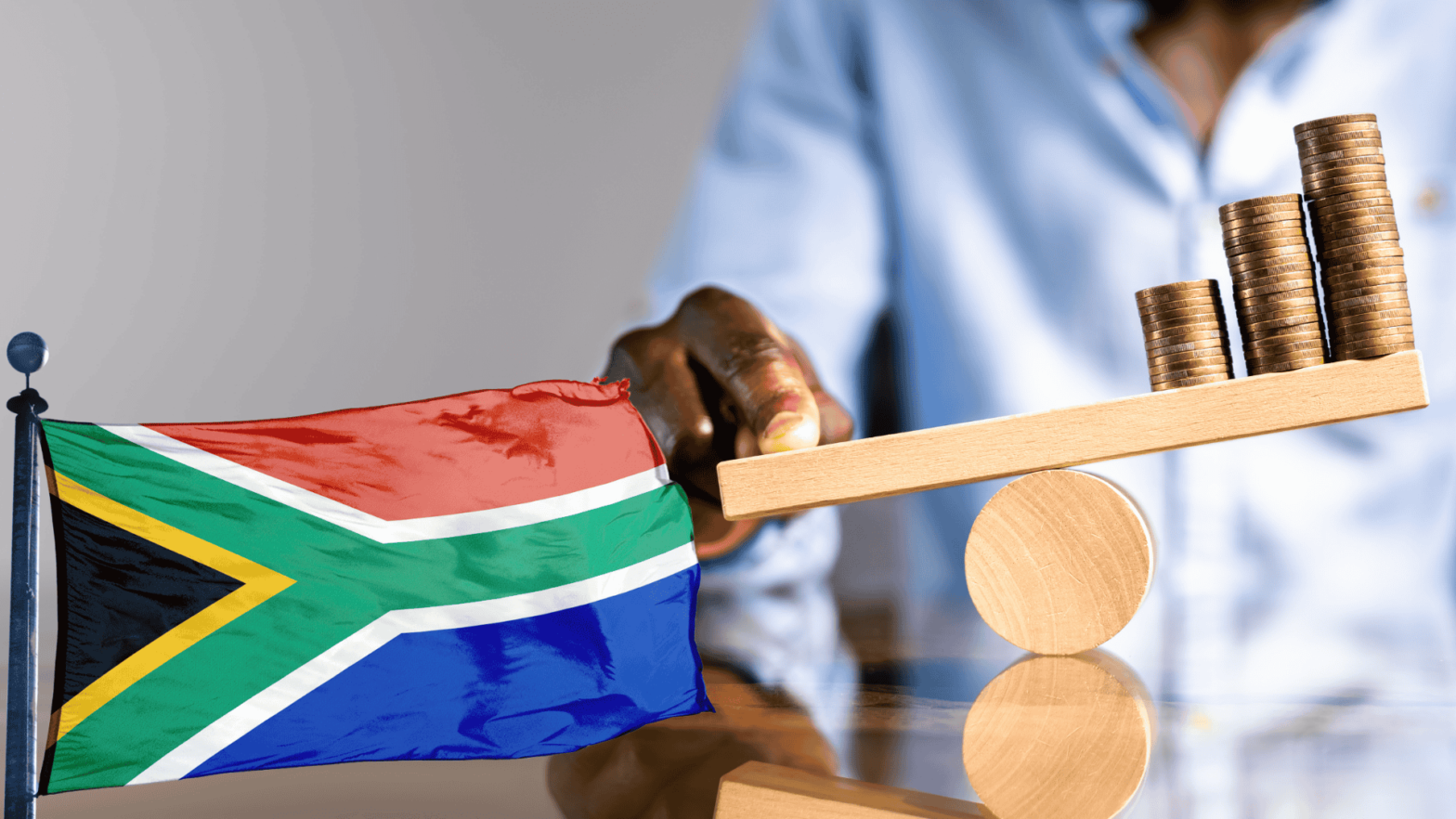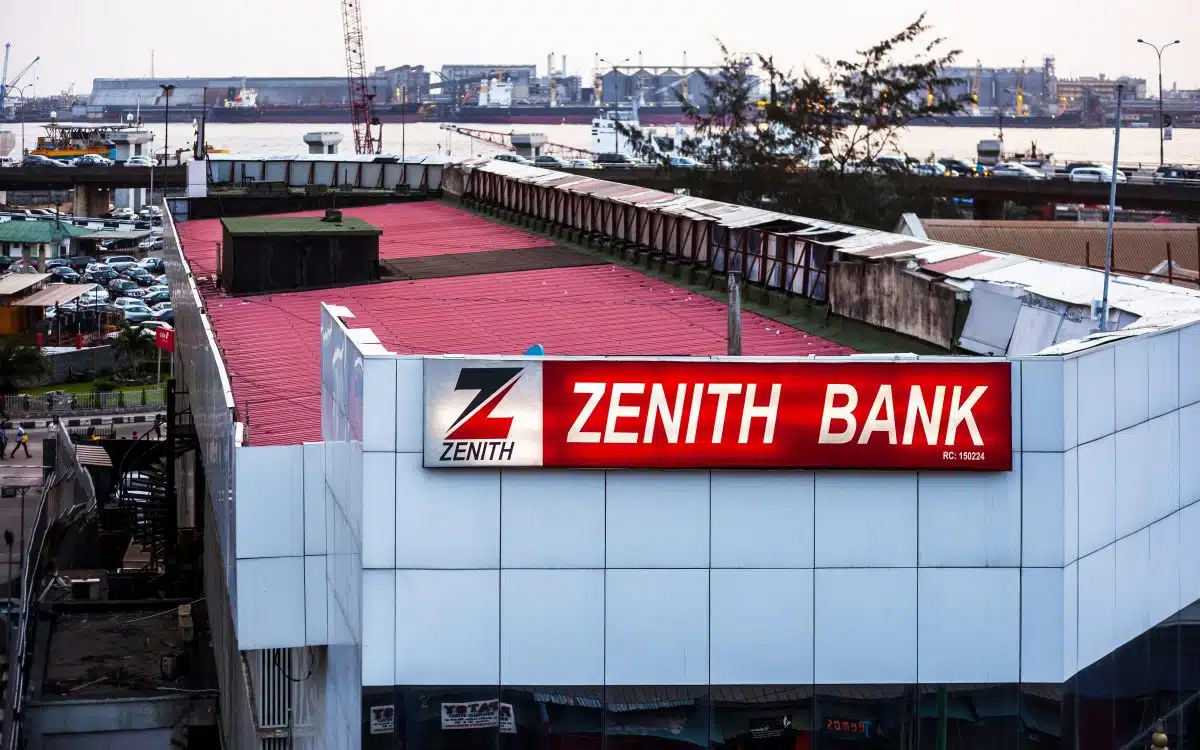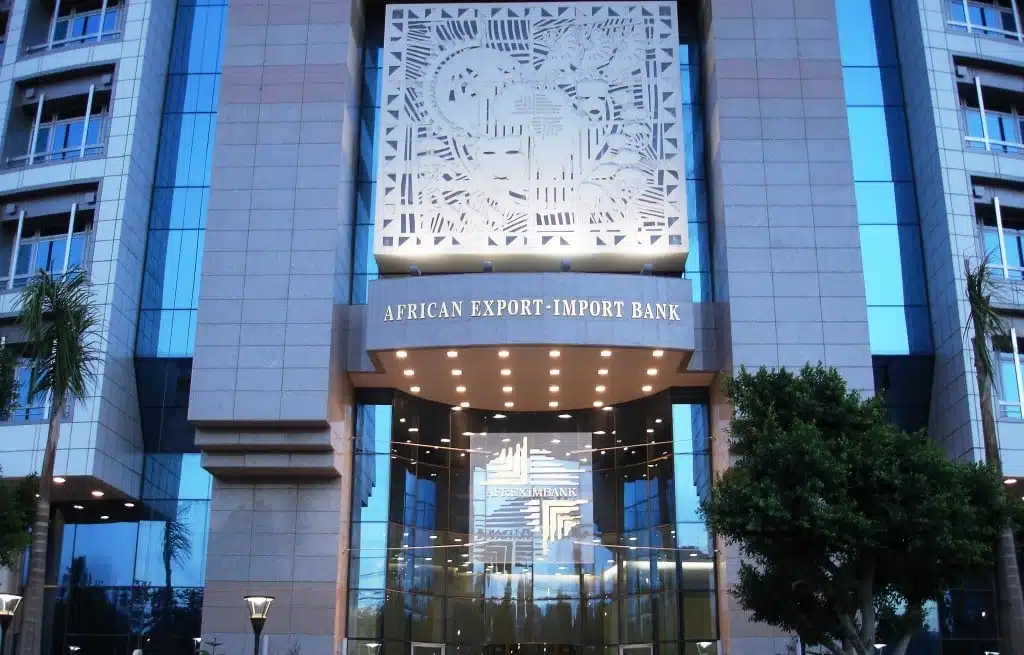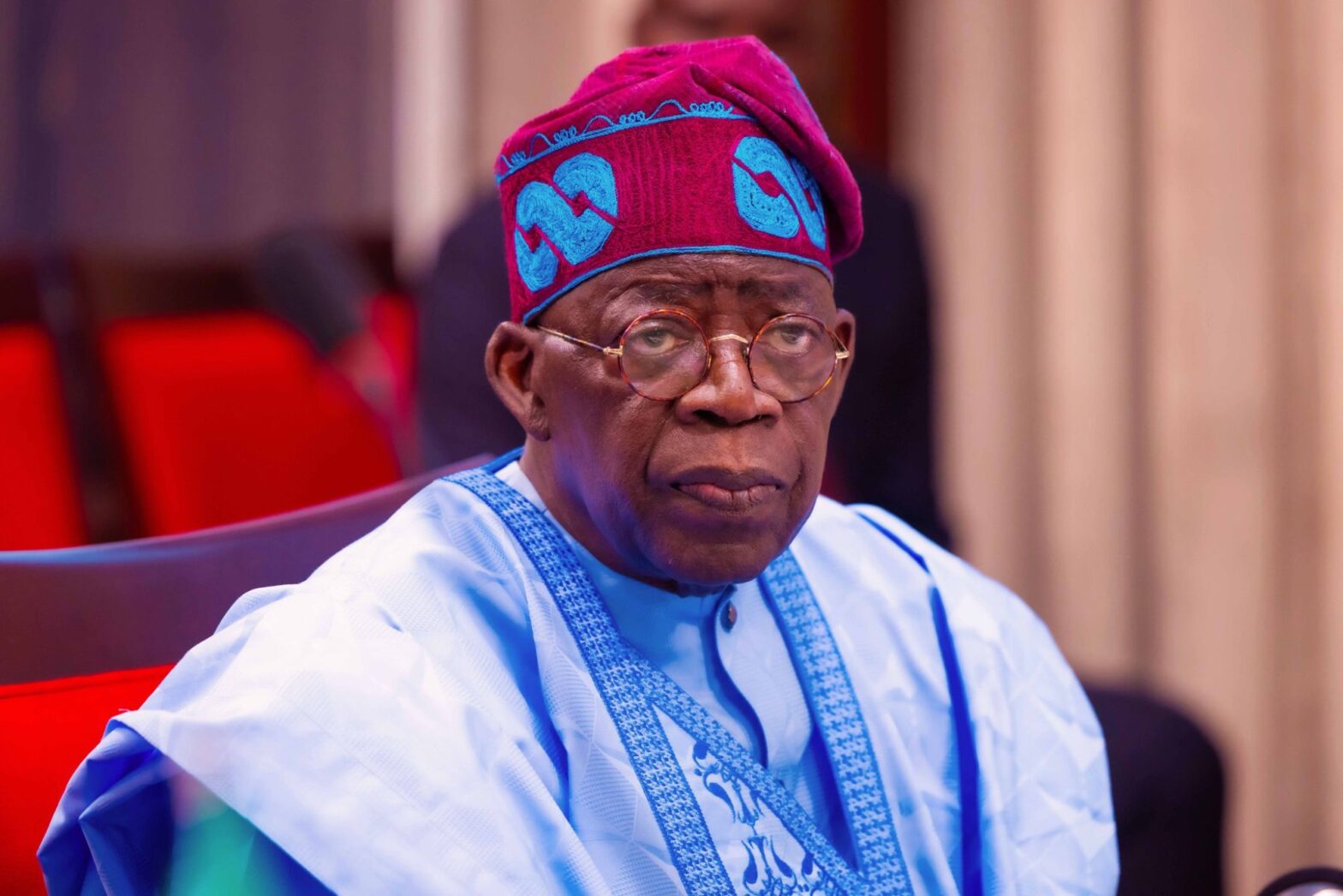Foreign Direct Investment (FDI) into Namibia has more than tripled from $3.5 billion in 2010 to $10.9 billion in 2024, cementing the country’s position as one of southern Africa’s most attractive investment destinations.
According to the latest 2025 World Investment Report by the United Nations Conference on Trade and Development (UNCTAD), inflows rose by $1.7 billion year-on-year, up from $9.2 billion in 2023, signaling growing international investor confidence despite recent economic downturns.
The World Bank recently downgraded the diamond-rich nation from upper-middle income to a lower-middle income country, following a slowdown in economic growth.
The bank’s data shows Namibia’s gross domestic product (GDP) slowed to 3.7% in 2024, from 4.4% in 2023, driven by a sharp contraction in the mining and quarrying sector.
Namibia was the only country in the world to be reclassified downward.
On a brighter note, Namibia’s performance significantly outpaced Botswana — its economic counterpart, whose total FDI stock stood at $6.5 billion in 2024 despite recording steady growth over the past decade.
With a nominal GDP of $14 billion in 2024, Namibia’s economy is smaller than Botswana’s $19.8 billion output, but it continues to punch above its weight in attracting foreign capital.
In contrast, FDI outflows from Namibia grew at a slower pace over the reviewed periods, rising marginally to $854 million in 2024 from $768 million the previous year and $722 million in 2010.
Greenfield surge signals long-term investor bet
The report also highlighted a major uptick in greenfield investment activity—a critical indicator of long-term investor commitment and productive capacity expansion.
The value of new foreign company operations or greenfield projects announced in Namibia jumped to approximately $2.2 billion in 2024, up from $1.2 billion in 2023 and $576 million in 2022.
The copper-producer’s record year for greenfield FDI remains 2021, when project announcements peaked at $4.6 billion.
Earlier highs included $1.8 billion in 2008 and $1.5 billion in 2009. In terms of project count, 2024 saw 19 greenfield FDI announcements—the highest since 2017, when 23 projects were recorded. This compares to just 10 in each of the previous two years.
“The upward trend in investment reflects renewed interest in Namibia’s mining, energy, and infrastructure sectors,” UNCTAD said, noting that this rebound has come in spite of ongoing global economic uncertainty.
Mining remains the magnet for capital inflows
Namibia’s strong FDI inflows continue to reflect its dependence on extractive industries, which remain central to the economy.
The southern African country is a top global producer of uranium and diamonds and has recently drawn investor interest in oil and green hydrogen.
While greenfield investments into Namibia surged, broader trends across Africa’s extractive sector painted a different picture.
UNCTAD data shows the total value of new extractive industry projects announced on the continent fell by nearly half in 2024 to about $40 billion—back to its long-term average.
The drop follows two strong years of investment and reflects growing investor caution amid declining energy prices and volatile markets for critical minerals, including lithium, cobalt and copper, the report noted.

